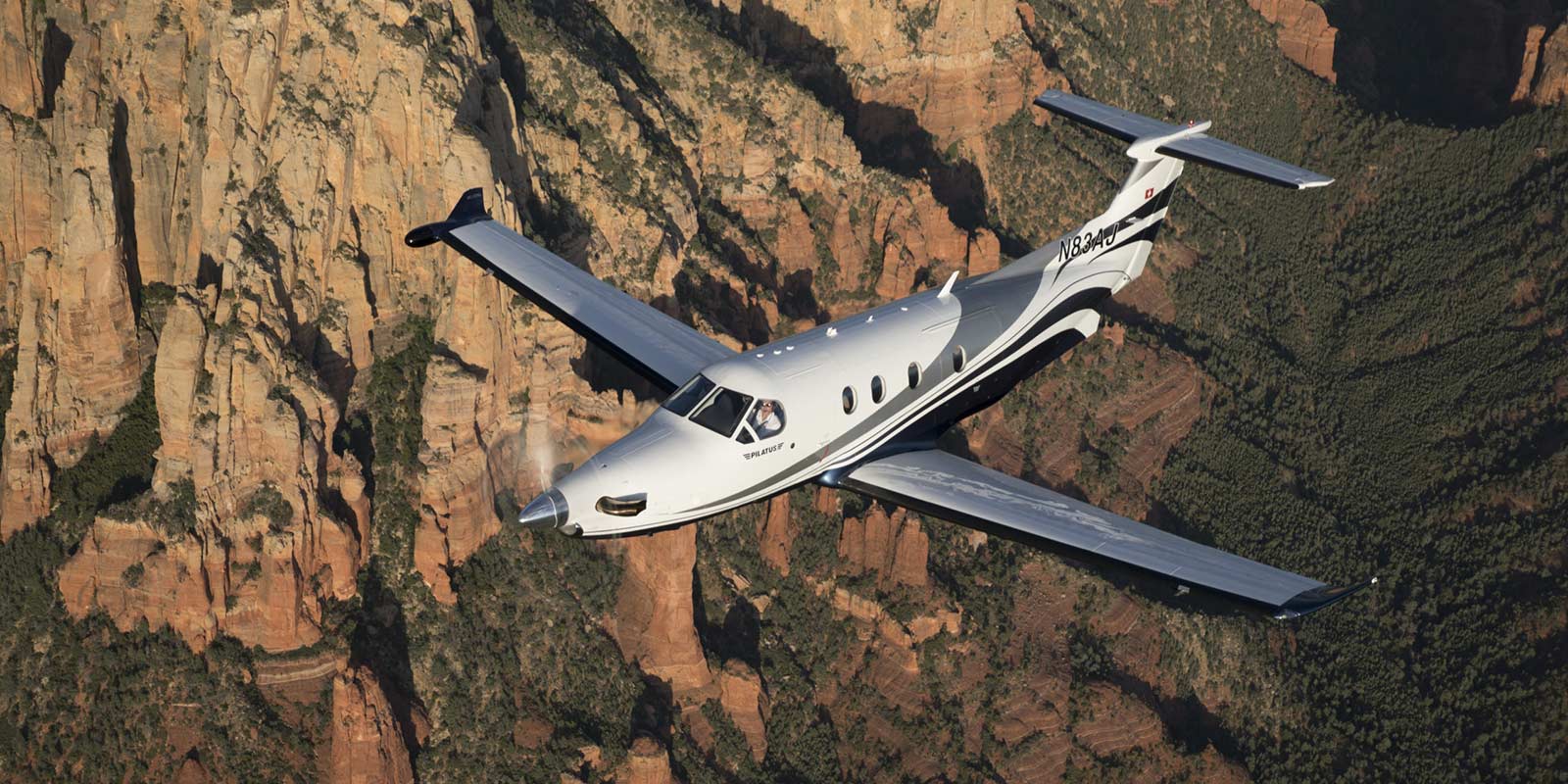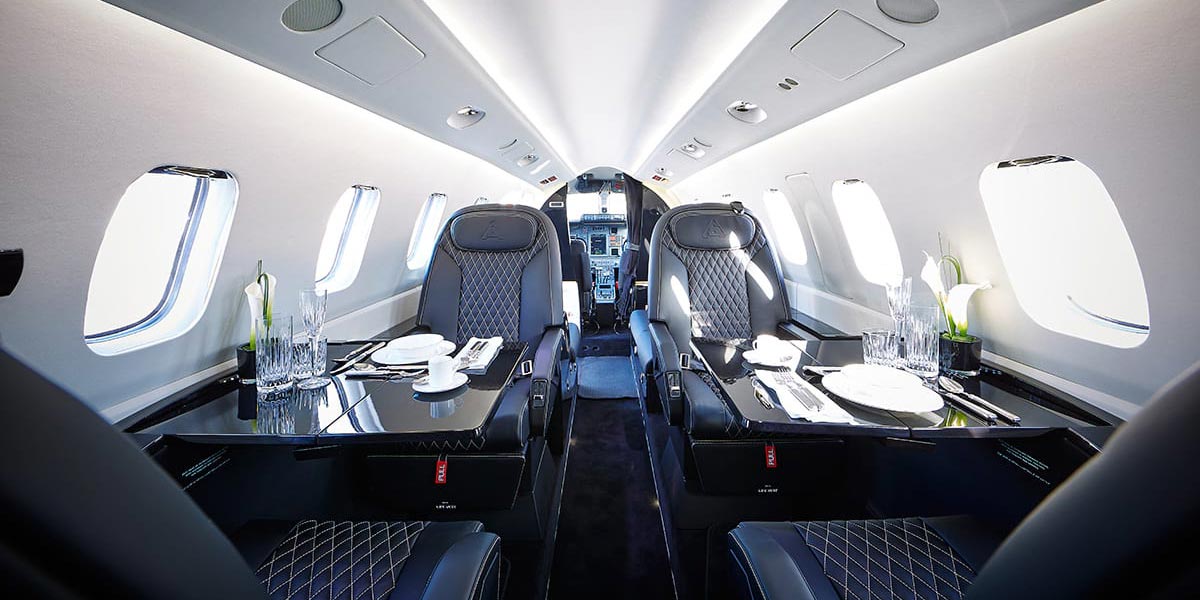About the Bombardier Challenger 600 Series
The Challenger 600 is more like an airliner than a private jet. Comparable to the Boeing 737, it offers much more cabin space than any similar aircraft. It is quiet, fairly economical, and handles well. Pilots love to fly it, and passengers love the spacious, comfortable cabin and transcontinental range.
To be exact, the cabin has a width of 8.2 feet and a height of 6.1 feet. It is usually configured to seat between nine and twelve passengers, but can be configured for as many as nineteen. Needless to say, it’s a very roomy private jet. The cabin is comfortable not only for its size, but also for its very low noise and vibration levels. There are 115 cubic feet of baggage space available in an internal compartment.
Two Avco Lycoming ALF502L engines power the Challenger 600. They were modified to add supercharger stages to the low-pressure compressor, enabling more than 7,500 pounds of thrust on takeoff. The Challenger 600 can take off in 5,700 feet at sea level, or in 7,350 feet at 5,000 feet at a temperature of 77° Fahrenheit. Except when flying against the strongest headwinds, it can cross the United States nonstop. At its top cruise speed, it flies at 443 ktas at an altitude of 39,000 feet (far above most air traffic), or it can cruise at 425 ktas at 43,000 for long-range trips. It burns 1,710 pounds of fuel per hour at its long-range cruise performance levels, or 1,910 pounds per hour at maximum speed. On average, it consumes 262 gallons of fuel per hour.
Private Jet Photo Bombardier Challenger 600 exteriorThe Challenger 600 has four backup power systems. Its primary system is the 115-VAC 400-Hz electrical system. It gives more power and voltage than the DC power systems usually installed in business jets. An AC alternator serves as the first backup system, and an AlliedSignal GTCP 36-100E APU along with another AC generator and air-driven generator (ADG) are the second and third backups. This system powers many of the Challenger 600’s functions: hydraulic pumps, wing flaps, landing lights, and various anti-ice systems. Its bleed air is used to start the engines and control environmental systems.
The Sperry SPZ-650 analog flight guidance system dominates the control panel in the cockpit. It includes Primus 400 weather radar, dual-channel SPZ-650 autopilot, a GNS-500 VLF/Omega navigation system, and several other situational awareness systems.
The Challenger 600 offers capabilities of an airline jet without the high cost. Its cabin space is unmatched by any jet in its class, and it still performs economically. Overall, it is a private jet that offers as many options as you can find flying commercial.
Brief History
The Bombardier Challenger 600 series is a family of business jets developed by Canadair and then produced from 1986 by its new owner, Bombardier Aerospace. At the end of 1975, Canadair backed the LearStar 600 concept by Bill Lear, and acquired the large business jet or freighter project in April 1976. On 29 October, the programme was launched, backed by the Canadian federal government, and designed to comply with new FAR part 25 standards.
In March 1977, it was renamed the Challenger 600 after Bill Lear was phased out, as the original conventional tail was changed for a T-tail among other developments. The first prototype was rolled out on 25 May 1978, and performed its maiden flight on 8 November. The flight test program saw a deadly crash on 3 April 1980, but Transport Canada approved the CL-600 type certification on 10 August 1980.
In 1986, Canadair was close to bankruptcy and was bought by Bombardier. The jet was stretched into the Bombardier CRJ regional airliner, introduced on 19 October 1992, and the longer range Global Express, introduced in July 1999. The 500th Challenger was rolled out in May 2000, and the 1000th was delivered to NetJets in December 2015. By October 2018, 1,066 aircraft have been built.
The Challenger is a low-wing jet powered by two turbofans mounted in aft fuselage pods, it has a supercritical wing and a stand-up cabin with two seating sections. The original Lycoming ALF 502 turbofans were replaced by a pair of General Electric CF34s on the CL-601, which also gained winglets, and first flew on 10 April 1982. Subsequent variants have updated systems, avionics, and higher weights.



